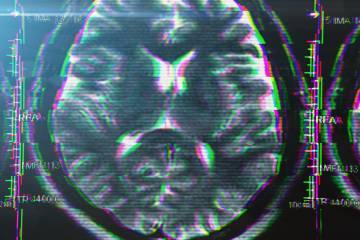- Name
- Doug Donovan
- dougdonovan@jhu.edu
- Office phone
- 443-997-9909
- Cell phone
- 443-462-2947
Johns Hopkins University researchers have shown that hospitals can more accurately classify sepsis patients into four distinct categories that prioritize early interventions for those at the highest risk of dying from one of the deadliest, most costly medical conditions in the United States.
Sepsis and septic shock are the leading causes of in-hospital deaths. The biomedical researchers from the Whiting School of Engineering and the Johns Hopkins School of Medicine say their findings could help provide earlier identification of the patients who are closest to the rapid period of septic shock when infection overwhelms the immune systems, leading to organ failure and death.
The new research from the Department of Biomedical Engineering and the Institute of Computational Medicine also indicates that the onset of septic shock likely begins much earlier than when the final stage of the deadly condition is currently understood to start. While the discovery of an "algorithmic definition" of septic shock requires more study, the findings will help clarify the current ambiguous guidance in the field.
"We were able to reliably assign patients to these risk categories based on their risk score trajectories," said Ran Liu, a doctoral student in biomedical engineering and lead author for the study. The research, published in the eLife online journal, was supervised by Liu's adviser, Raimond L. Winslow, director of the Institute for Computational Medicine.
The research utilized more than two dozen physiological indicators from more than 200,000 individual admissions at 208 U.S. hospitals. "The transition from sepsis to pre-septic shock on average occurs on a rapid time scale, with a sharp increase in risk occurring within 30-60 minutes immediately preceding time of early warning," the study states.
The quick change is indicated by rapid shifts in blood pressure, lactate levels, and heart rate. With the immune system overwhelmed by infection, the body begins to lose all ability to halt a patient's plummeting trajectory. The researchers state that they believe septic shock actually begins in that period currently known as "pre-shock."
"When patients enter what we have previously called the pre-shock state, they are in fact in a state of septic shock," the paper states. Members in the highest risk category "are in a state of septic shock on average 10 hours before they satisfy the current clinical definition of shock."
"Clearly entry into the pre-shock state is sufficiently rapid that its detection will require intelligent automated monitoring of patients," the study states.
The researchers recommended that more hospitals begin implementing automated early warning technology. Systems capable of assigning distinct risk categories determined by data would provide a "clear and objective definition" of septic shock and eliminate common disagreements among medical staff about onset.
The paper also supported existing research that calls for lactate measurements conducted every 1 to 2 hours to better classify patients. "The median time between observations of lactate, the most important feature in our risk model, is 11.2 hours," the paper states.
Posted in Health, Science+Technology
Tagged biomedical engineering, patient safety, computational medicine










